Table of contents
Why know the symbols of Reiki?
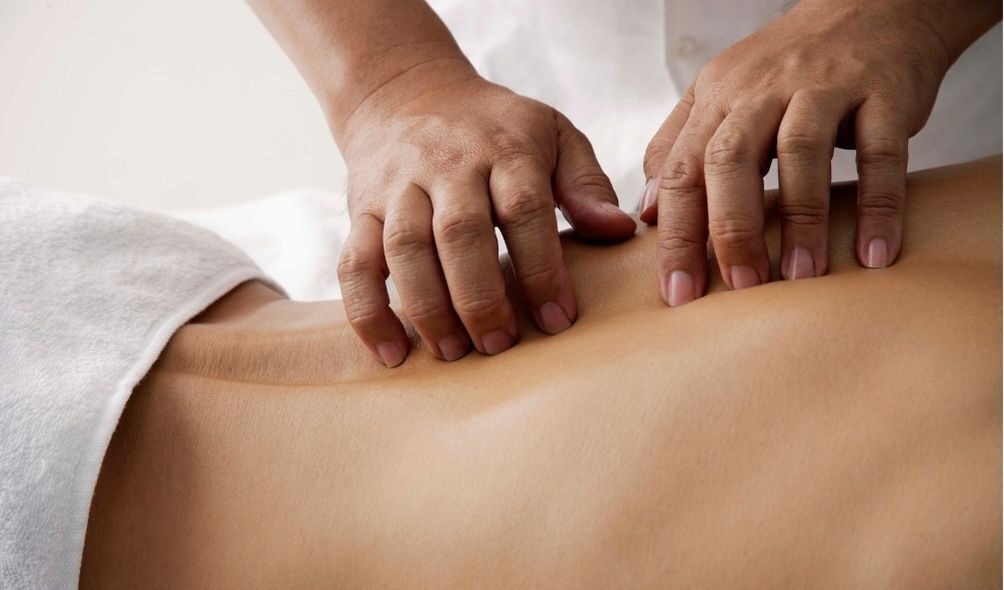
The Reiki symbols are sacred and essential in the exercise of this practice of ancient origin. Therefore, the person responsible for applying it must know deeply the history of these symbols, their effects and benefits.
Each one of them has specific objectives, their own purposes and capture a different type of energy from the Universe. Thus, the person responsible for mentalizing the symbols needs to know the right time to use each one of them.
In this sense, the knowledge of the symbols is a vital part of the study of the application of this technique. Therefore, it becomes indispensable for people who intend to become good Reiki practitioners. Keep reading to learn more about the symbols.
Getting to know Reiki

To know in depth what Reiki is, you need to understand its fundamentals and know its history. In light of this, things like its origin, development and purpose should be in the introduction. Read on to learn more.
What is Reiki?
Reiki is presented as a type of alternative medicine, treatments that do not use conventional medicines and drugs in the treatment of disease. Therefore, it falls under the pseudoscience.
The technique is based on the transmission of the vital energy of the universe through the hands, by the hands of the Reiki master. Thus, the professional transmits the energy from the hands to the patient's body through the Reiki symbols.
As a result, the body, mind and emotions of the person receiving this energy come into balance. Reiki can serve as a complement in health treatments, but it can also help achieve well-being and stress relief.
History of Reiki
The history of Reiki begins in Japan, where the Buddhist Mikao Usui had a mystical revelation that gave him knowledge and power. In addition, he said he was able to transmit this energy, which he called Reiki, to other people.
Eventually, he taught the technique to others, spreading this new knowledge, who continued to practice and study the Reiki symbols after his death in 1926. After that, the expansion became even greater.
The naval doctor Chujiro Hayashi, Usui's colleague, opened his own clinic after the death of the master. In his establishment, he taught the technique to the North American Hawayo Takata who spread Reiki in the West.
Fundamentals of Reiki
While idealizing Reiki and thinking about what would be the fundamentals of the technique, Mikao Usui came across the writings of the Japanese emperor Meiji. Thus, he based on the production of this imperial figure to consolidate the principles of Reiki.
Grouping the information of the Emperor's work, Usui formulated the five principles of Reiki. The phrases are like commandments that must be followed to ensure the good practice of the technique, in addition to knowledge of the Reiki symbols.
The commands ask people not to be angry, not to worry, to be grateful, to work carefully, and to be kind to people.
Reiki levels

First of all, in the study of Reiki its levels need classification and presentation. According to the traditional Reiki technique of master Usui, there are 4 levels: level 1, 2, 3 and 3 Master. Check below.
What are the levels of Reiki
The Reiki levels are like stages of study, levels in which the practitioner needs to advance to become a good professional and apply the Reiki symbols with excellence.
In this way, in these four stages of study the student in training learns more and more about the technique, getting closer to becoming a Reiki Master. In this way, the scheme guarantees that in the end the masters will be qualified and experienced.
Therefore, it takes a lot of study and dedication of the techniques and symbols, in addition to knowing Reiki in all its history, theory and practice.
Level 1
At first, there is the introduction of the level one of the studies to become a Reiki Master. This level, called Shoden, guarantees the student's own initial preparations so that in the future he will be a good conduction channel for the energy.
Therefore, first of all, the first stage will ensure that the student can achieve harmony and balance in his own body. Thus, he is instructed with the techniques of self-application of Reiki symbols.
Finally, after achieving energy cleansing and attaining the desired balance and going through the initiation ritual, the student is ready to advance to the next level.
Level 2
Level 2, also known as Okuden, is the phase in which the student needs to do a mental exercise of transformation. So, this stage corresponds to the internal change of the person who is going to apply the Reiki symbols.
In order to be a good conductor of energy and to be able to bring balance to others through the technique, the student goes through a period of mentalization and reflection. Therefore, here the five principles or fundamentals of Reiki are put into practice. They promote good conduct, kindness and gratitude.
Level 3
Level 3 is called Shinpiden, when the student in training is already more mature and understands the transforming power of the Reiki symbols. Thus, a strong feeling is installed that pushes him to want to help other people.
In this way, they finally become able to start applying the technique on other people. Therefore, they learn how to transmit and serve as a channel for the energy. At first, the application of the technique is done only on family members or friends, but applications are also done at a distance and in groups of people.
Level 3 Master Degree
Finally, there is the last level of the course for the study and teaching of Reiki, the Gokukaiden. This stage of study makes the apprentice a Reikian master capable of not only applying the technique on other people, but also of training other masters.
Therefore, this moment also shows itself as a stage of evolution, reflection and knowledge. As a result, the individual formulates questions and answers regarding life, time and balance. After going through all the stages, following the teachings and learning the practice and theory, the Reiki master is ready to make good use of the Reiki symbols.
Understanding Reiki symbols
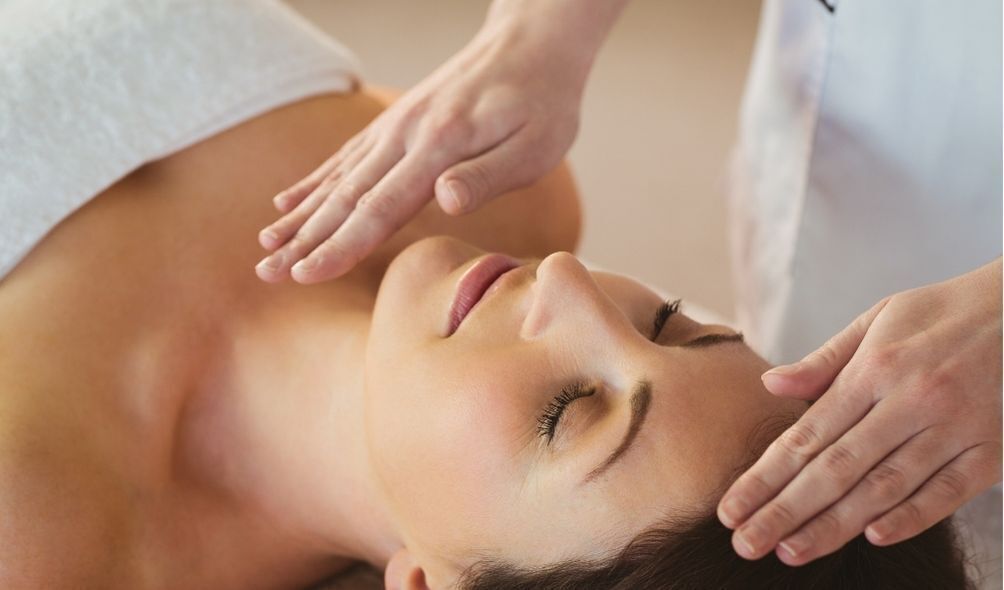
Reiki symbols are a fundamental part of the application of this alternative medicine technique. Therefore, future Reiki masters need to understand what these symbols are and how they work. Check them out below.
What are Reiki symbols?
The Reiki symbols are the practical part of the application of the technique. They are like portals to channel and transmit through the hands the energy of vital in the universe. In their meaning, they carry different precepts and different sensations that will be applied by the Reiki master in different situations.
In this way, the energy can be channeled by the master to be used. Thus, the symbols are the main tool of Reiki practice, the essential working instrument to ensure the conduction of energy between the Reiki master and the patient.
How do the symbols of Reiki work?
First of all, the Reiki master must have deep knowledge about Reiki symbols. Thus, he can make use of them during Reiki practice and lead the patient to harmony and balance.
For this, the Reikian master will mentalize or draw the symbols to attract the desired energy at that moment. As a result, a kind of door is opened, through which the vital energy of the universe will pass.
Finally, by mentalizing the desired symbol, the Reiki Master will direct this conquered energy flow to any part of the patient's body.
1st symbol CHO KU REI
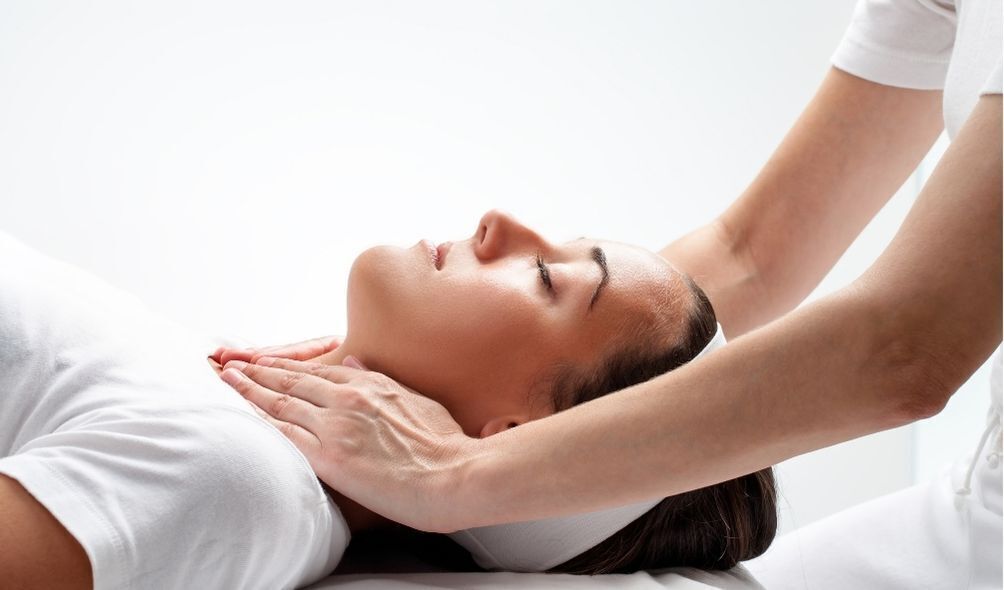
To apply the technique, one needs to know each of the Reiki symbols. First, there is the CHO KU REI which has a specific level, meaning, and of course, purpose and benefits. Read on to find out more.
Level
The first and most popular of the Reiki symbols is CHO KU REI. It is usually taught to students in level two of the course to become a Reiki Master.
Level two is called Okuden, when the student passes through mental transformation and begins a process of spiritual maturation. However, depending on the master who is teaching the technique, this symbol can also be taught in level one.
Level one, called Shoden, is when the student prepares their own body to become a good conductor of universal life energy.
Meaning
The symbol CHO KU REI, is the most popular and most used among the Reiki symbols. Its meaning translates into the phrase "Put all the power of the universe here". Thus, it is a symbol about power, control and conduction.
In this way, it becomes very important not only for the master who applies it, but also for the patient who receives it. After all, power and control matter a lot in the application, as it deals with the conduction of a strong energy that must be kept under control during its conduction.
Purpose
Among the Reiki symbols there is the CHO KU REI, which acts in the power sphere of the patient. It is capable of releasing a great energy which is responsible for bringing balance to the individual who receives it, which is the main purpose of Reiki.
It also helps in the retention of energy, assisting not only the Reiki master in the application, but also the patient. Holding this energy in your body in order to achieve balance. In addition, this powerful symbol even helps to increase the effectiveness of the application of the other three symbols of the Reiki technique.
Benefits
The benefits of the application of Reiki symbols for sure are several. Firstly, this one will assist in achieving balance in the energy field of the patient receiving the energy. In addition, it is a symbol of protection that acts in the conservation of energy, guarding the patient and preserving his own energy field.
CHO KU REI also serves to help strengthen relationships that are experiencing unstable energy. In addition, it also works very well to heal injuries and decrease milder or more intense body aches and pains.
2nd symbol SEI HE KI
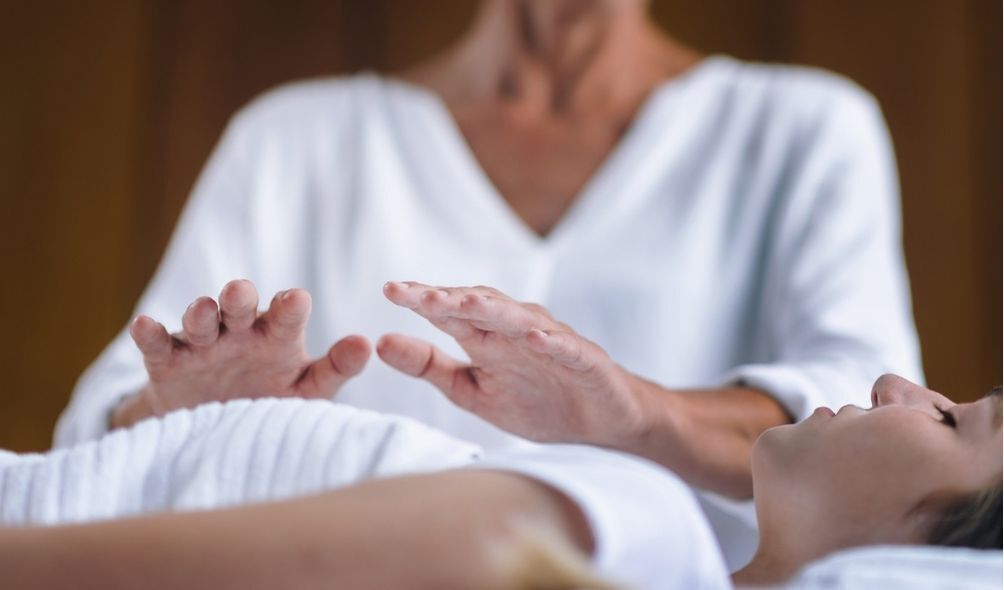
The second Reiki symbol is called SEI HE KI. It is taught in a specific level of the four levels of study. In this way, the master learns its meaning, its purpose and its benefits. Keep reading to know it.
Level
The second of the Reiki symbols, SEI HE KI, is taught in level two of the training to become a Reiki Master. Therefore, at this stage the apprentice is still in the middle of his journey. In the second level of the course, the apprentice is preparing to transform his body into a container for the vital energy of the universe. This will be channelled with the help of the symbols.
Thus, in this second level the first two of the four existing symbols in Reiki are taught, first the CHO KU REI and then the SEI HE KI.
Meaning
The meaning of the second among the Reiki symbols is connected to the connection with God and the universe. The phrase suggests a door to the universe or even an encounter with the divine.
It originates from a Japanese word used in the Buddhist religion for mentalize and meditate. Therefore, it can be said that Buddhism has a lot of influence on the practice of Reiki both in the symbols and in its teachings.
The importance of the meaning of this symbol serves, first of all, to alert the responsibility of the application of this technique and the Reiki symbols themselves.
Purpose
The purpose of the second among the Reiki symbols is to bring purification and harmony to the patient's energy field. Thus, this symbol is responsible for removing unwanted impurities and harmonizing the body.
In addition, this symbol can help in radical changes such as eliminating negative thoughts that attract bad things. It also helps in attracting positive thoughts that will bring good things. Anyway, this is a very versatile symbol and has different uses, but for sure the main one is to ensure that the patient is purified in order to achieve spiritual harmonydesired.
Benefits
The benefits of the application of this second sign of the Reiki symbols are many, because besides being very powerful it is also very versatile. Thus, by receiving the energy channeled by it, the patient only has to gain.
Firstly, it will help in harmonizing and purifying the patient's energy field. In addition, it also removes heavy energies, which can also be called spiritual encumbrance. Finally, SEI HE KI will also help the patient to better deal with their feelings, desires and sensations. In this way, thoughts become cleaner and more fluid.
3rd symbol HON SHA ZE SHO NEN

The third Reiki symbol is called HON ZE SHO NEN. It is the most elaborate and largest name among the symbols. Below are some specifications about it, such as the level at which it is taught, meaning, purpose and benefits.
Level
The third of the Reiki symbols is taught at level two of the studies to become a Reiki Master. HON SHA ZE NEN is introduced at the second stage of training when the apprentice has already passed the first stage of preparation.
Therefore, in the second phase, or level, called Okuden the student already has the introduction and has also prepared his body to receive the energy. Thus, he can practice the use of this symbol. It is important to pay attention to these rules of teaching and not to skip steps, because each one of them was thought to achieve the best result in the study of Reiki.
Meaning
The meaning of the third of the Reiki symbols is about time. In fact, this is a topic much exercised and reflected upon by the apprentices of the Reiki Master when they reach the last level of study of the course. Therefore, this is a symbol which has had its meaning worked on and constantly contemplated.
According to the literal meaning of the symbol the interpretation is that the has no present, past or future. Thus, its concept asks for a little more reflection to be understood and comprehended, because it is not something material.
Purpose
The third of the Reiki symbols, the HON SHA ZE SHO NEN, has the purpose of healing wounds that cannot be seen or touched, as they are spiritual. Therefore, it is seen as one of the most powerful symbols in Reiki.
It is applied by the Reikian master to appease the suffering of the patient who receives the technique. In addition, it can also bring a new meaning to a memory that brings pain to the patient and harms the balance and harmony of his energy field. Finally, this extremely powerful symbol can bring the liberation that the patient seeks.
Benefits
The benefits of the third among the four Reiki symbols connect to peace of mind and liberation. By making use of the temporal energy of HON SHA ZE SHO NEN, the Reiki master can remove bitterness and suffering from the patient's energy field.
Moreover, this symbol of Reiki is known as the symbol of distance because it has a very good and even better effect when applied at a distance than when it is given in person. Thus, this is a very powerful symbol that can even resolve old problems of past lives and also with the karma of the patient.
4th symbol DAI KO MYO
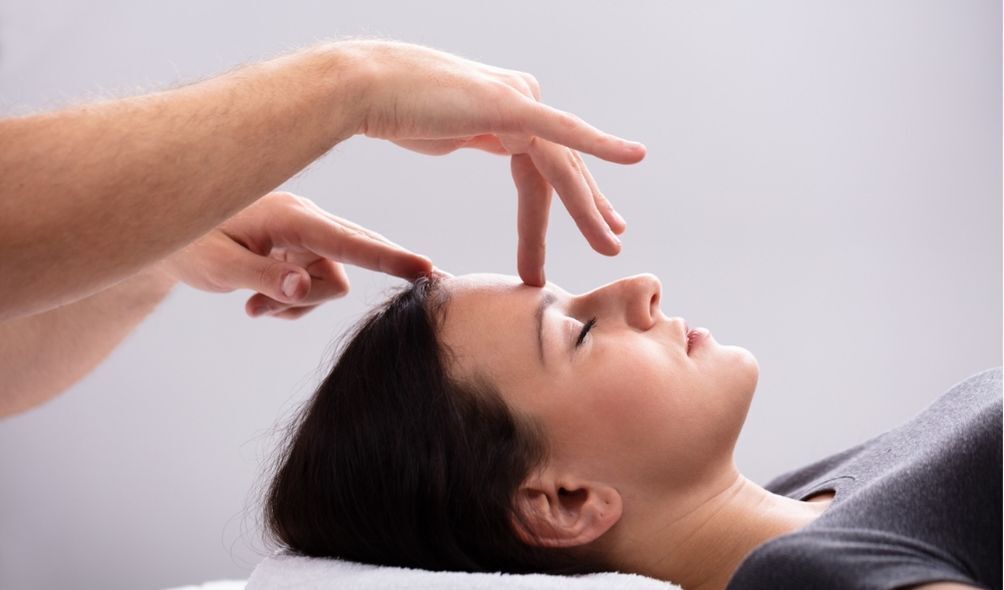
The fourth Reiki symbol is called DAI KO MYO. Just like the others, it has a Japanese origin and also its own particularities such as level of teaching, its own meaning, purposes and the benefits of its application.
Level
The fourth and last of the Reiki symbols is DAI KO MYO, taught in the last stage of teaching in the course to become a Reiki Master. Therefore, it is a symbol that requires a lot of knowledge and responsibility from the applicator.
Since the last level, the Gokukaiden, is the most advanced and where the student is the most capable, it is clear that this is a symbol that requires a higher level of skill to be used. Therefore, it is interesting that the student ensures that the path to this level was reached with much study and that he has the necessary knowledge to apply this symbol.
Meaning
The meaning of the fourth and last of the Reiki symbols speaks of the Reiki master's responsibility. In its meaning comes the interpretation that it is the symbol that asks God and the universe for them to enlighten and empower the master.
Thus, the Reiki Master can make use of the energy received in this symbol to heal others. Therefore, this is a symbol of connection between the divine and the transmission channel, that is, the Reiki Master. In this way, the master approaches his connection with the divine and can have better access to the energies sent.
Purpose
The purpose of the fourth symbol of the Reiki symbols, also known as the masters symbol, is to get in touch with the divine. Thus, the Reiki master is able to potentiate the power of the other symbols with this one.
In addition, this symbol also has the purpose of initiating apprentices. In the initiation, the Reiki master who will train other masters, uses DAI KO MYO to introduce the apprentice to Reiki. Therefore, this is a symbol that requires a lot of knowledge and responsibility for its application, because besides contacting directly with the divine, it also initiates other people in this practice.
Benefits
The benefits of the fourth symbol among the Reiki symbols are in treating the spiritual body. The energy of this symbol is very powerful and has a special appeal as it arises from the direct connection with God and the Universe.
Thus, DAI KO MYO will boost the Reiki Master's technique and help in the positivity, harmony and balance of the patient's body that this divine energy. Therefore, the Master's symbol has many benefits, as it not only promotes improvements in the patient's spirit, body and mind, but also helps the Reiki Master to handle other symbols.
Can I apply Reiki without being initiated?

The application of Reiki goes through four different levels of teaching and learning, besides going through the path of mental and spiritual transformation of the individual who proposes to learn the technique. Therefore, it requires that the person applying it has the right knowledge and well sedimented theory and practice, so that the technique works and helps the patient who receives it.
In short, a person who has not been initiated, who has not studied to become a Reiki Master, can even try to do Reiki and apply the symbols, but they will have no effect on the patient and, therefore, will not fulfill their main objective.

